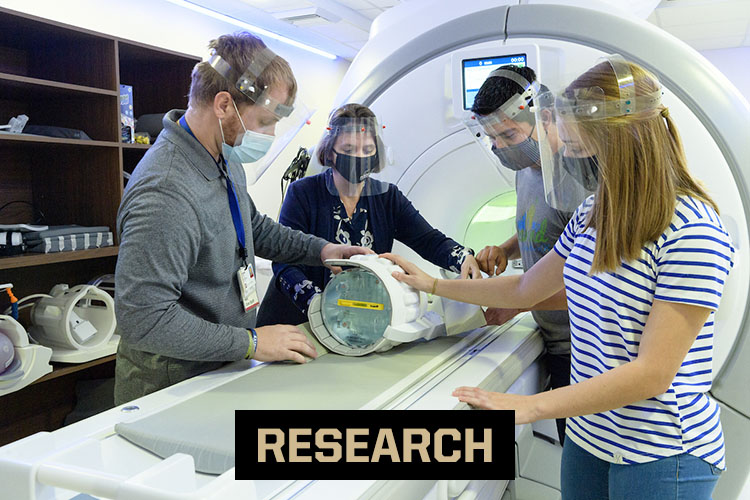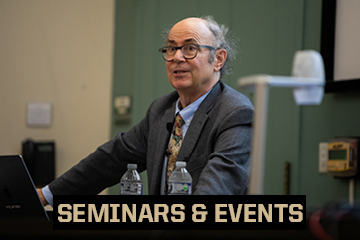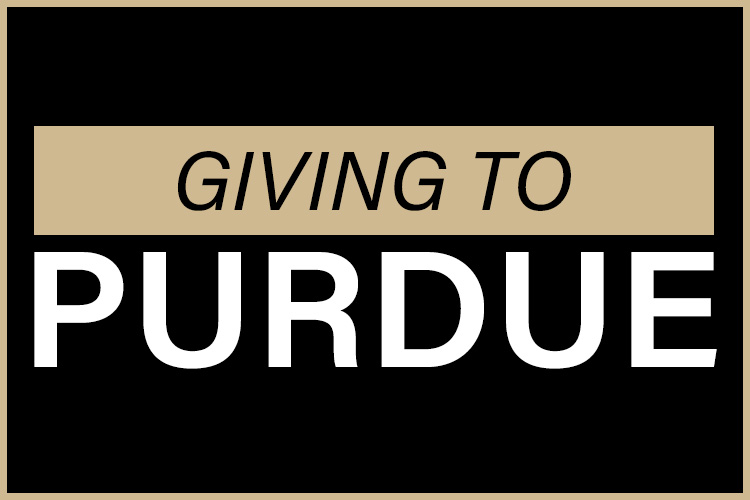News
Laura Pyrak-Nolte Elected Fellow of the International Society for Rock Mechanics and Rock Engineering
Purdue University's Laura J. Pyrak-Nolte, Distinguished Professor of Physics and Astronomy, has been elected a Fellow of the International Society for Rock Mechanics and Rock Engineering (ISRM). The highest recognition awarded by the global rock mechanics community.
CollabXR advances education through successful pilot program
Purdue University’s Envision Center (EC) is ushering in the next generation of teaching and learning by leveraging their cutting-edge virtual reality platform, CollabXR. CollabXR is a shared learning platform that puts advanced visualizations at the fingertips of professors and students, immersing them in a learning environment like never before. The collaboration was created in partnership with Danny Milisavljevic from Purdue PhysAstro.
Quantum Materials and Manufacturing: Building the Future
Discover how quantum materials are driving innovations in manufacturing, leading to stronger, lighter, and more efficient products. Purdue PhysAstro's Michael Manfra will be a panelist for the July 14th webinar.
Astronomy has a major data problem – simulating realistic images of the sky can help train algorithms
The Conversation — Professional astronomers don’t make discoveries by looking through an eyepiece like you might with a backyard telescope. Instead, they collect digital images in massive cameras attached to large telescopes. This article is written by John Peterson, Assoc. Professor of Physics and Astronomy, Purdue University.
Astronomers converge in Anchorage for 246th AAS conference
Your Alaska Link — Great minds are converging in Anchorage, with showcases, talks, and more happening at the American Astronomical Society Conference this week. Those in the industry are excited for the opportunity to collaborate. PhysAstro's Danny Milisavljevic was in attendance and quoted in the article.
All Departmental News



